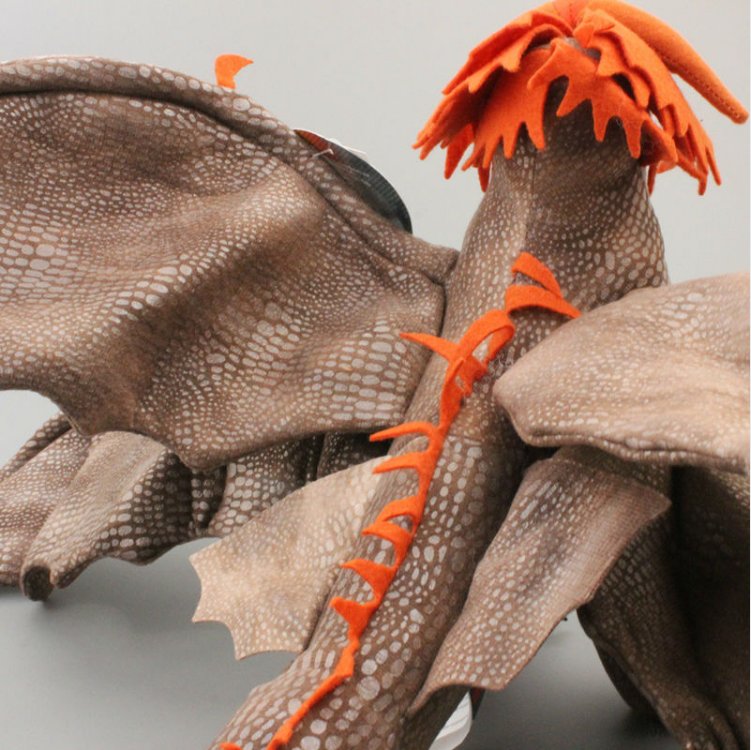

His wisdom was plainly clear in both his words and his art. Most of all, he was generous and inspiring. Like so many before and after, I was very fortunate to be in his drawing class (which, at the time required a rumored two year waiting period just to get in!) He was talented, charming and filled with knowledge. These recently published books, collecting all of Walt’s notes on drawing based on his Disney master classes, should be on every animator’s shelf. Now, I can’t think of making a drawing (or 3D pose) without instinctively viewing all the parts together as a whole, each one attached, relating, and influencing the other. The concept of rubber bands in posing (and anatomy) eluded me until I had my first drawing lessons from the late Walt Stanchfield, a renown animator and drawing teacher at Walt Disney Feature Animation.
#Cloudjumper dragon anatomy how to#
For me, being a lead was a lot of fun and very satisfying.”Ī beautiful and powerful moment during the duel between the mystery rider and Hiccup, from How To Train Your Dragon 2. It was different because I had more creative responsibility, and also more interaction with the artists, through critiquing their work. During production I animated a lot of the key shots, and other animators came to ask feedback when they had the dragon in their scenes. I did animation tests and helped figure out his style of movement with the supervisors and Simon. In my case that was the four-winged Cloudjumper, and I was involved in the early testing, rig-feedback and creating the character library.


At Dreamworks, it usually means you’re responsible for a character. Being a lead means different things in different studios. “I’m really thankful for that chance, and I had a great time working on Dragons 2. You became a Lead Animator on Dragons 2, what was that experience like and how was it different from just being an animator?


 0 kommentar(er)
0 kommentar(er)
